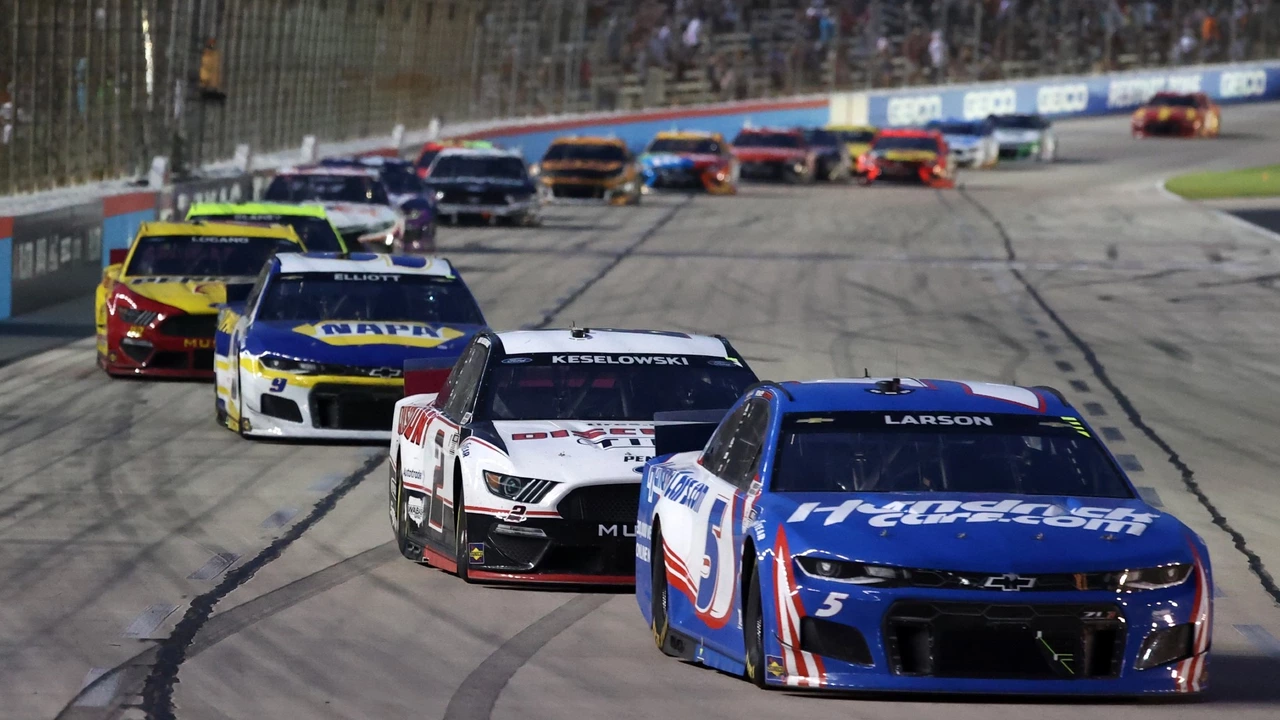If you love the roar of V8 engines and the smell of burnt rubber, NASCAR racing is probably your go‑to motorsport. It mixes high‑speed drama with a uniquely American vibe – think packed grandstands, tailgate parties and a schedule that runs from Feb to Nov. Let’s break down what makes NASCAR tick and answer the big question: why don’t we see races at places like Barber Motorsports Park?
First up, the classics. Daytona International Speedway kicks off the season with the iconic Daytona 500. The sheer size of the tri‑oval and the pack racing keep fans on the edge of their seats. Then there’s Talladega Superspeedway – the longest track on the calendar, famous for its "big one" crashes that can turn a race upside down in seconds.
After the superspeedways, you’ll hit the intermediate ovals like Charlotte Motor Speedway and Texas Motor Speedway. These 1.5‑mile tracks blend speed and strategy, giving drivers a chance to show off tire management skills. Finally, don’t overlook the road courses – Watkins Glen and the newer Charlotte Roval bring a different flavor, forcing drivers to brake hard and turn sharp, which adds fresh excitement to a series dominated by ovals.
Barber Motorsports Park is a great example of a venue that sounds perfect on paper but doesn’t fit NASCAR’s needs. The track was designed for motorcycles and Indy cars, with tight turns and a lot of elevation change. NASCAR stock cars are much heavier and need wider, more gradual turns to stay safe at high speeds.
Beyond the layout, Barber’s seating capacity is limited. A typical NASCAR event draws tens of thousands of fans, and the infrastructure – from grandstands to pit lanes – has to support that crowd. Without enough seats and the right pit facilities, the series can’t make the ticket sales numbers it needs to justify a race there.
Another factor is the tight NASCAR schedule. Adding a new venue means reshuffling existing dates, which can affect contracts with long‑standing tracks. The series prefers to keep a stable calendar unless a new location offers a clear financial and logistical upside.
If you’re wondering whether any changes are coming, keep an eye on the official NASCAR announcements. The sport does experiment – look at the recent addition of the Chicago Street Course – but any new venue must tick the boxes for track design, fan capacity and broadcast appeal.
For newcomers, the best way to get into NASCAR is to pick a handful of races and watch them live or on TV. The season opener at Daytona sets the tone, and the mid‑season showdown at Charlotte showcases the championship battle. Follow the official NASCAR social channels, join forums, or pop into a local fan club to stay updated.
To sum it up, NASCAR racing delivers nonstop action across a mix of classic ovals, high‑speed superspeedways and challenging road courses. While some tracks like Barber Motorsports Park aren’t a fit today, the series continues to explore new venues that meet its unique demands. Dive into the schedule, pick your favorite races, and enjoy the thrill of stock car racing at its finest.

Absolutely, being a NASCAR racer isn't limited to those from the USA. In fact, the sport has seen numerous successful drivers from various countries around the globe. What really matters is your passion, commitment, and skill behind the wheel. As long as you're willing to undergo the required training and meet the necessary criteria, your nationality won't be a hindrance. So, gear up, friends from around the world, the NASCAR track could be your next destination!